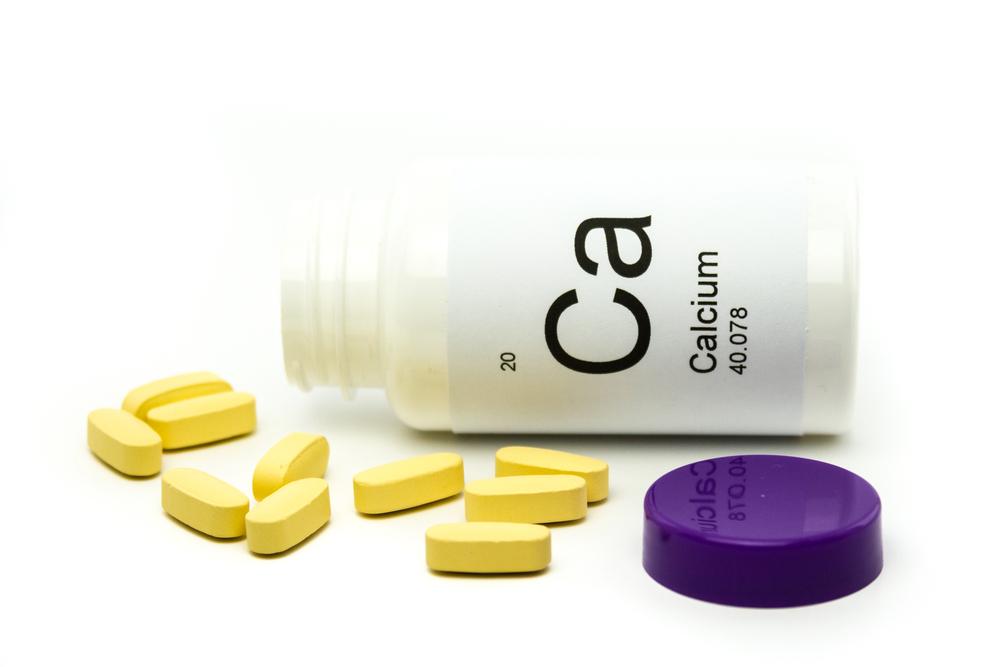Understanding Vertebral Compression Fractures: Symptoms, Causes, and Treatment Options
Learn about vertebral compression fractures, including their symptoms, causes like osteoporosis, diagnostic methods, and treatment options such as medication, bracing, and surgery. Early diagnosis aids faster recovery, which usually takes 3–6 months, and home remedies can ease symptoms during healing.
Vertebral compression fractures happen when spinal bones collapse, often resulting in a wedge shape due to vertebral body collapse. Multiple fractures can cause kyphosis, leading to height loss and spinal deformity, mostly affecting the mid or lower back. Symptoms vary; some experience pain, stiffness, weakness, or numbness, while others remain asymptomatic. Common causes include osteoporosis, weakened bones, or trauma. Risk factors involve age, race, and osteoporosis. Diagnosis uses X-rays, MRIs, CT scans, or bone scans. Treatments range from pain management and bracing to surgical options like kyphoplasty, with home remedies such as ice, rest, and nutrition aiding recovery. Early detection improves outcomes, with healing typically in 3–6 months.










